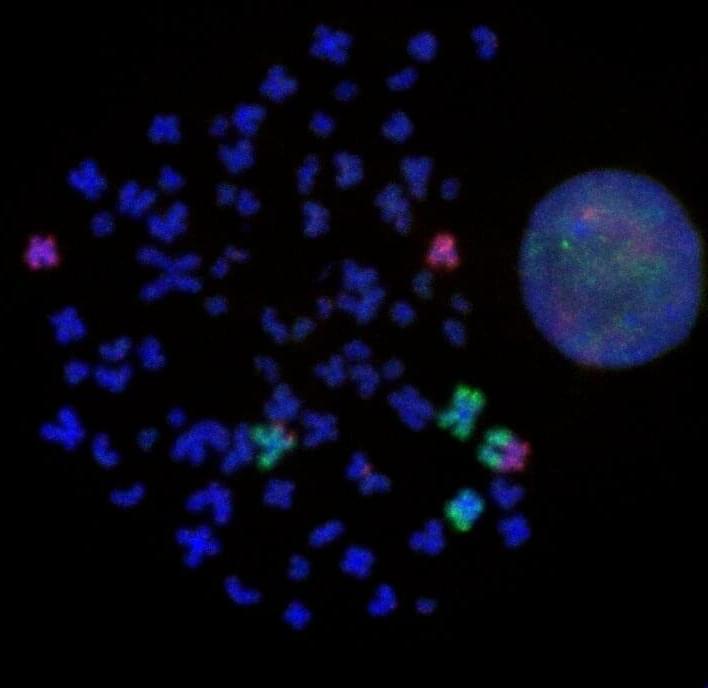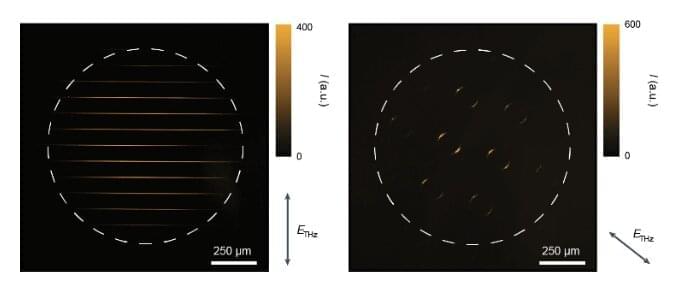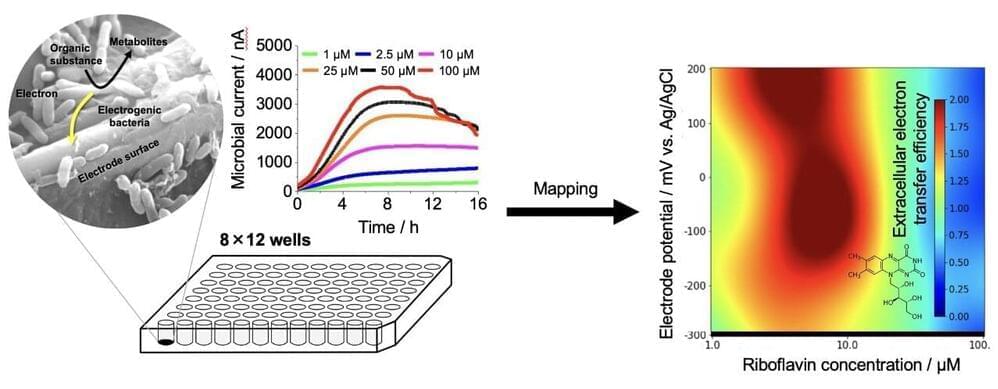Dec 8, 2022
Double embryo transfer in assisted reproduction found to increase the risk of complications in single births
Posted by Shubham Ghosh Roy in category: biotech/medical
The risk of complications in assisted reproduction is higher when two embryos are transferred, instead of one embryo. This has been shown in a study published in the journal JAMA Pediatrics, which included all births in Sweden 2007–2017.
Fertility treatments using assisted reproduction in Sweden are among the safest in the world regarding risks for the mother and children. A national recommendation to only transfer one embryo in assisted reproduction was introduced in 2003, aiming to decrease the risk of multiple pregnancies and their related complications during pregnancy and delivery.
In certain cases, two embryos are still transferred in order to increase the chance of pregnancy while the risk of multiple pregnancy remains low. Thus, many of the treatments with double embryo transfer result in single pregnancies. Many patients wish to have two embryos transferred to increase their chances of pregnancy, but there is a lack of data on potential risks with transferring two embryos when the treatment results in the birth of a single child.


















